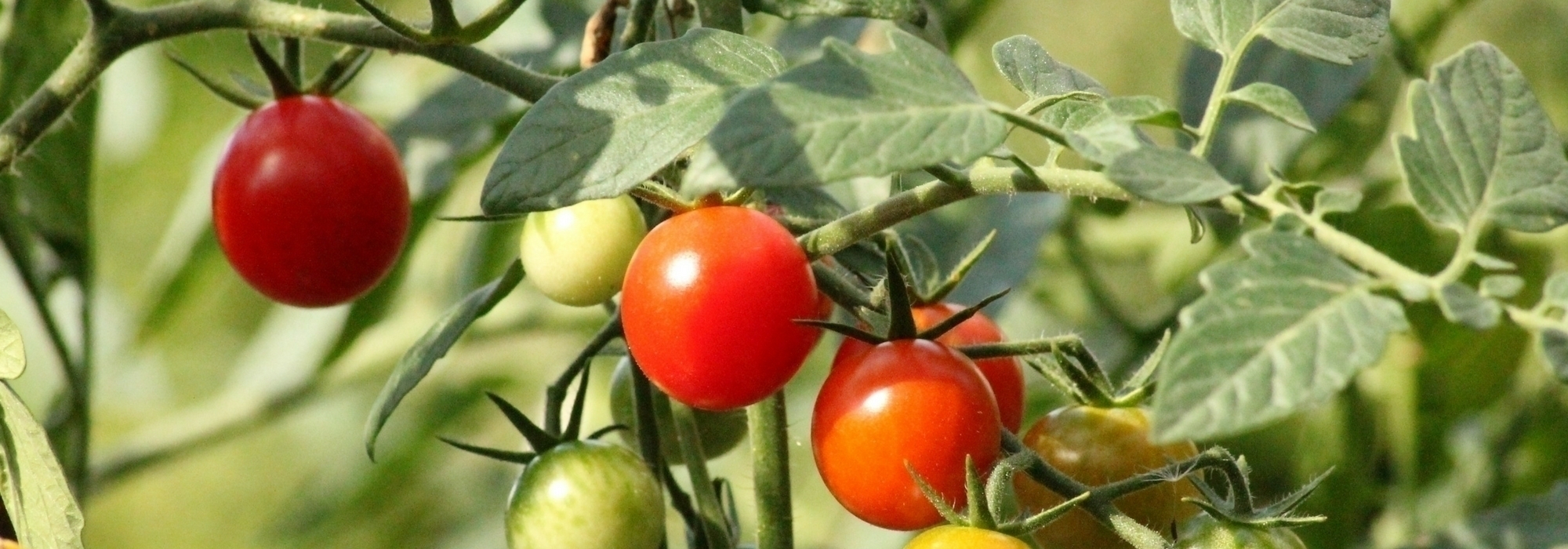
Staking tomatoes
Which models to choose, how to arrange them?
Contents
Staking tomatoes is essential for all indeterminate varieties, which behave like lianas in the vegetable garden. The goal is simple: to grow them vertically and support their exuberant foliage. While the action is easy, it can sometimes be complicated to choose both the best stakes and to know how to arrange them to attach the young plants.
What type of support should you choose for your tomato plants?
There are many types of supports that you can use in the vegetable garden. Among the most common are:
- supports made of wood and bamboo that are strong and durable. Sweet chestnut and acacia are the most long-lasting. Bamboo models are also very practical and easy to find commercially, but they are more slippery. Opt for stakes with a large diameter, in any case greater than 3 cm. They should be of sufficient length (at least 1.5 metres) to be buried deeply and support the most vigorous varieties.
- Metal supports, spiral supports, are known for being practical as they eliminate the need for ties. However, they have the disadvantage of being less resistant to wind if used in the same way as traditional supports. Indeed, they are designed to be installed seriately. They are usually equipped with a hole at the top for passing a wire or polyester (of the “Deltex” type) that will be tensioned between two solid stakes.
- Plastic-coated steel supports are an alternative to prefer over fully plastic supports. The latter, however, have the advantage of sometimes having a small water reservoir at their base, allowing you to be away for two or three days without worrying about watering.
- Concrete reinforcing bars are used by many gardeners; it’s a good idea… economical, practical, and durable.
- Finally, wide mesh fencing and welded trellises, combined with stakes, are also an easy support system to set up. They can be used in a cage (growing without pruning) or in training (growing on two or three arms).
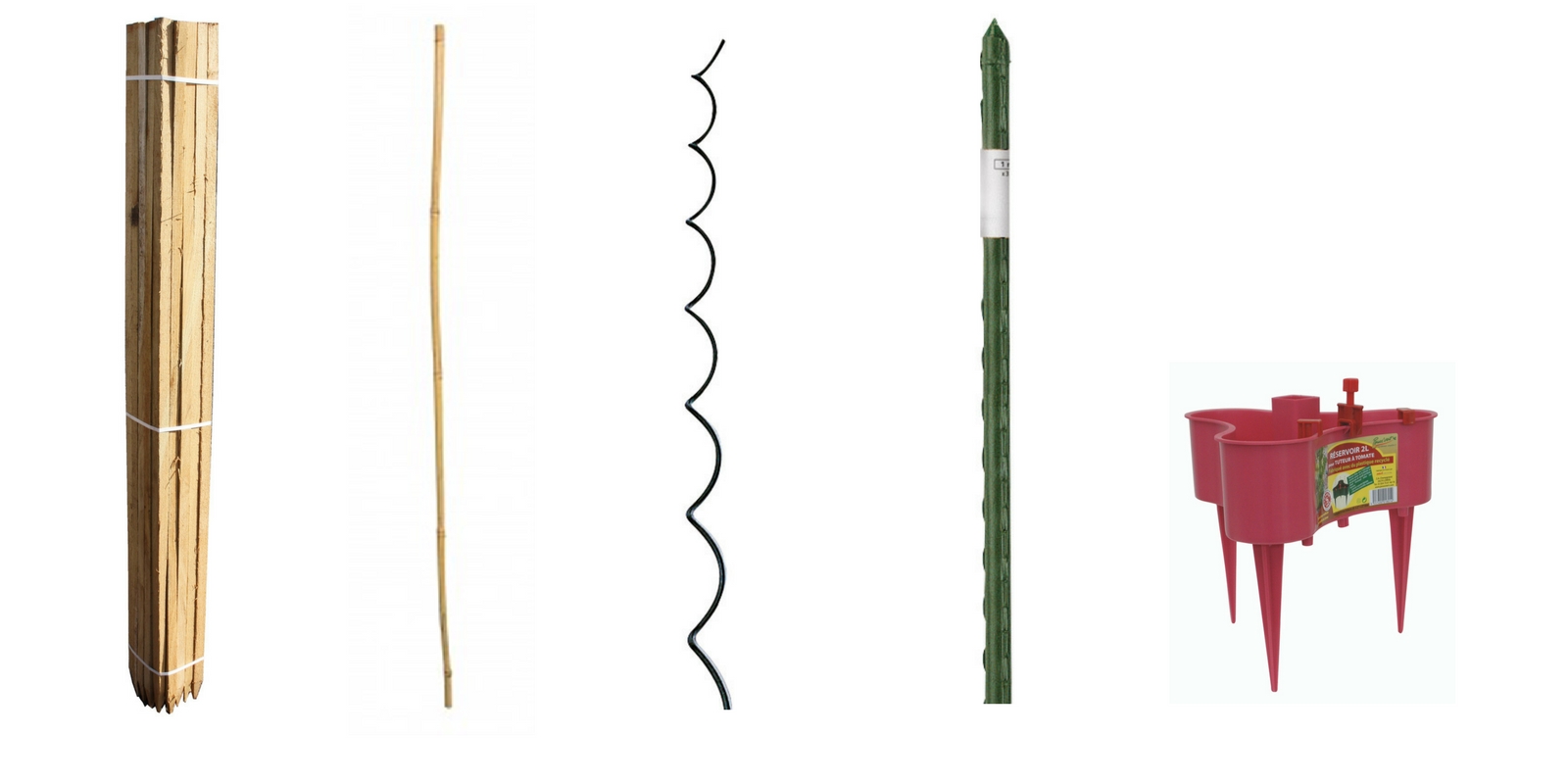 Different types of supports: acacia, bamboo, twisted metal, plastic-coated, and with a water reservoir (Poussvert)
Different types of supports: acacia, bamboo, twisted metal, plastic-coated, and with a water reservoir (Poussvert)
In a greenhouse or tunnel, using stakes is delicate: puncturing the cover during fixing or dismantling is a significant risk. Using twine is much safer. To set them up, simply form a wide loop at the base of the tomato plant (or fix the twine using a peg) and then attach the twine (without pulling it too tight) to the structure or to a horizontal cable that you will have previously tensioned at the top of the shelter. The plants will then be wrapped around the twine as they grow or tied to the vertical wire.
→ Why not make your own supports? Discover our tutorial for making tomato supports.
Read also
Building a tomato cage - TutorialThe different ways to stake tomatoes
The staking method for your tomatoes should correspond to how you prune and train your tomatoes (to learn more about this topic, check out our advice sheet “pruning and training tomatoes”).
Indeed, a plant trained in a classic manner, on a single stem, will suffice with a simple vertical stake. For training on two arms or more, you will need to install several vertical stakes or create a trellis made of vertical and horizontal stakes.
A permanent, non-removable installation can be a good solution. A sturdy frame can accommodate, like a shelter, spiral stakes or vertical strings that can be used, over the course of crop rotations, for cucumbers, climbing beans and peas, but also to support flowers like Ipomoeas and Sweet Peas that can provide shade for lettuces, for example.

A sturdy frame (like an old swing…) allows for staking with strings.
Stakes can also be installed in isolated tipis supporting three or four plants. As with climbing beans, you can also create beautiful rows in a Canadian tent style.

A staking method in the style of a Canadian tent: the stakes are spaced about 50 cm apart.
In regions with cool summers and on balconies, take advantage of well-exposed walls to train your tomatoes (with concrete trellis, for example): they will benefit from the accumulated heat and grow faster.
If you opt for free-standing tomatoes, try a tomato cage: it’s easy to make and facilitates cultivation.
 The tomato cage: for cultivation without pruning (discover our tutorial to build it!).
The tomato cage: for cultivation without pruning (discover our tutorial to build it!).
Feel free to unleash your imagination and create beautiful structures. Anything is possible with sturdy stakes, and it will enhance the aesthetic aspect of your vegetable garden!
Discover other Tomato seeds
View all →Available in 1 sizes
Available in 1 sizes
Available in 1 sizes
Available in 1 sizes
Available in 1 sizes
Available in 1 sizes
Available in 1 sizes
Available in 1 sizes
Available in 1 sizes
Available in 1 sizes
When and how to install supports for tomatoes?
Stakes should ideally be installed before planting to avoid damaging the roots of your tomato plants. Don’t hesitate to drive them deep so that the weight of the fruits, combined with the force of wind from late summer storms, doesn’t topple the entire plant. Finally, if your stakes are short, consider capping the tops of the thinnest posts with a protection (old tennis ball, inverted bottle): accidents can happen quickly!
Read also
Tomato pruning and managementHow to tie young plants of tomatoes to string as they grow?
To attach your tomatoes to the stakes when necessary, you can:
- simply use string or raffia, which will hold the stem against the stake, but not too tightly to avoid causing injury,
- make use of small accessories designed for this purpose, such as tomato clips, to complement the tying on wire.
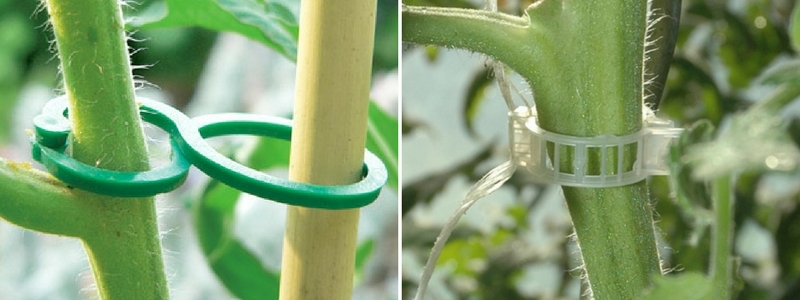
Tomatoclip: Nortène and Serres Natural
- Subscribe!
- Contents































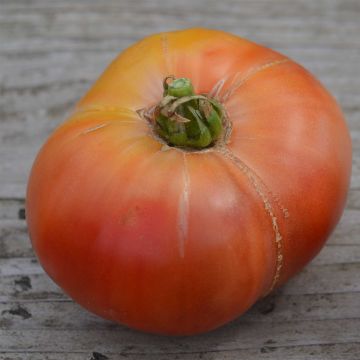
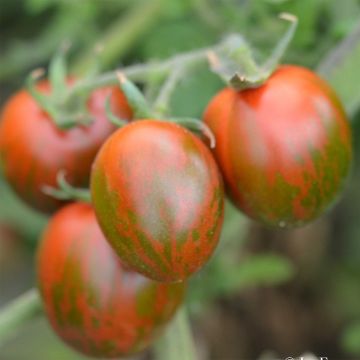
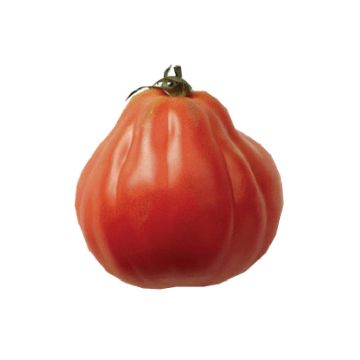
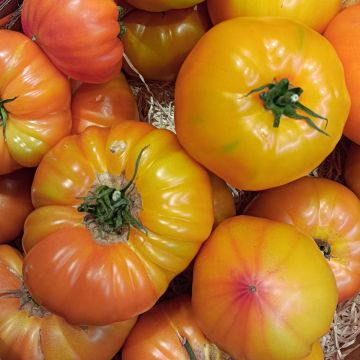
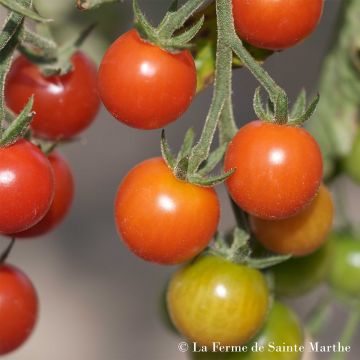
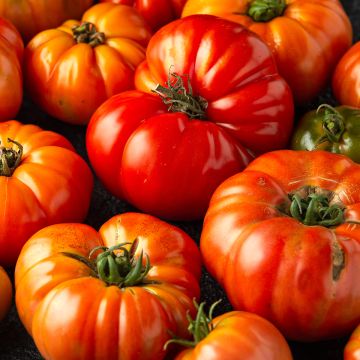
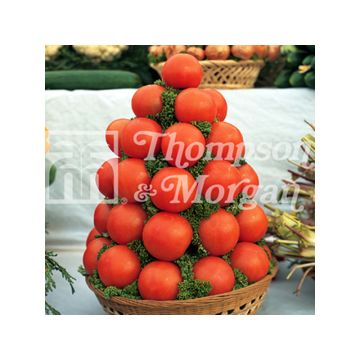
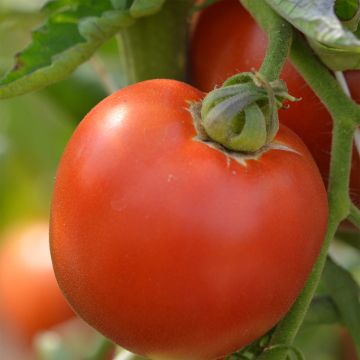
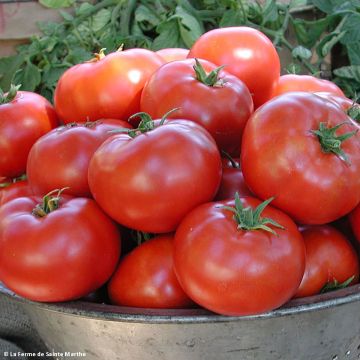
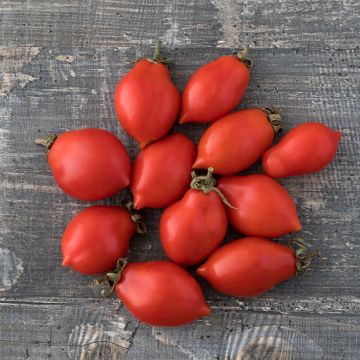
Comments